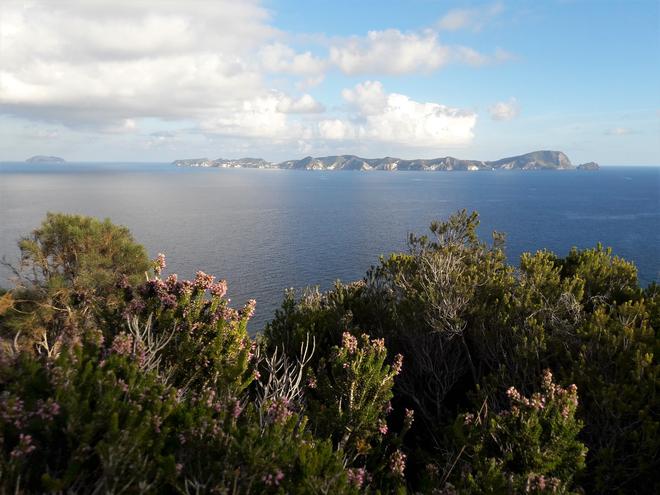
23 April 2020
We all agree that it is important to intervene on islands to stop invasive species and to protect the unique and irreplaceable biodiversity characterizing island environments. But where to intervene first? What islands are most at risk and what therefore deserve a priority in a hypothetical list?
An article was published in the international scientific journal PLoS ONE, including our Paolo Sposimo as one of the autorhs, trying to give an answer to this and other crucial questions.
The article examines islands all over the world and draws up the ranking of those where the eradication of invasive alien mammal species would be more important for the conservation of biodiversity on a global level.
The dataset used, covering 1279 islands around the world, includes data on the distribution of 1184 highly endangered island vertebrate species and on 184 invasive alien mammal species.
The ranking of islands was drawn up not only on the basis of biogeographical and technical factors, but also taking into account the socio-political feasibility of eradication interventions.
The analysis made it possible to identify 169 islands where eradication could be started within the next 10 years. Overall, such actions could improve the survival prospects of 9% of the world's most highly threatened island vertebrates. Furthermore, the feasibility analysis shows that on most of the identified islands (107), eradication projects could even be started by 2020, contributing to the protection of 80 vertebrate species.
Islands represent a great opportunity for the protection of biodiversity because they proportionally host a higher number of species compared to the mainland. This interesting article demonstrates how focusing eradication efforts on priority islands can substantially contribute to the achievement of global biodiversity conservation targets.
Further information in the original article below.